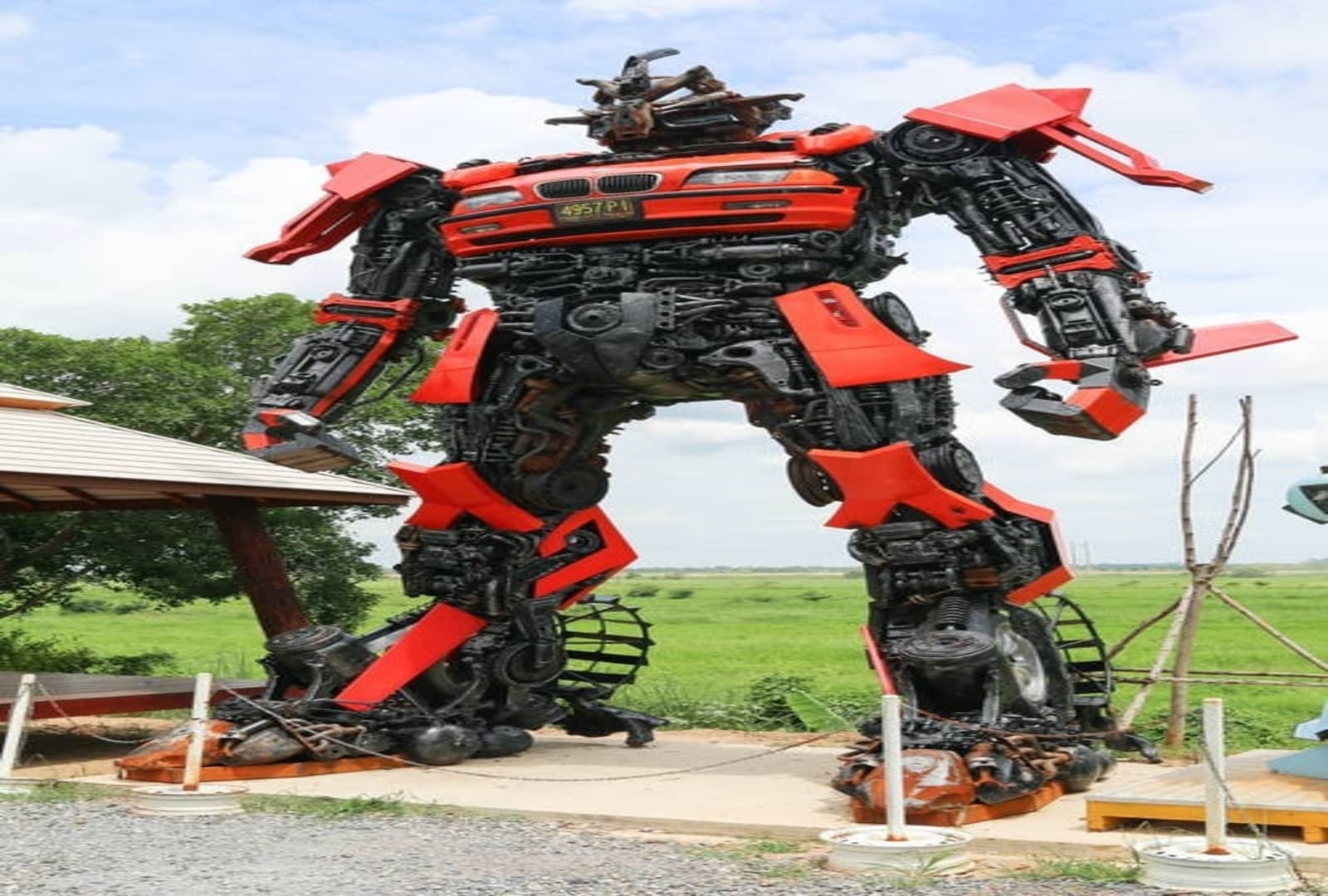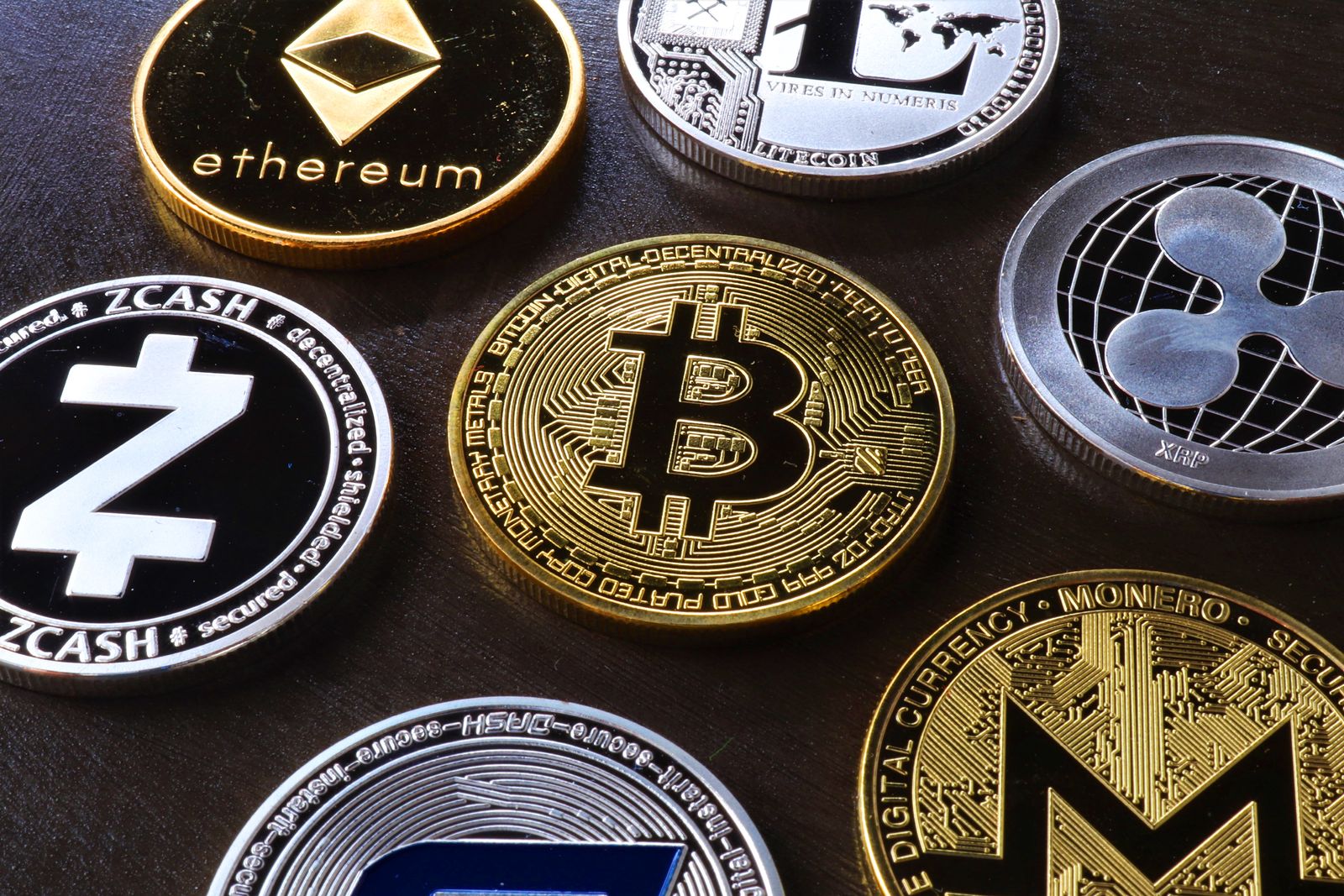Contents
The Internet of everything
The context of the Internet of Everything
The Internet of Everything (IoE) is a concept that builds on the Internet of Things (IoT) by connecting not just devices and machines but also people, processes, and data. This interconnectivity allows for the collection and sharing of data, enabling new forms of communication and automation.
IoE is often seen as the next step in the evolution of the Internet, as it can greatly increase efficiency and improve decision-making in a wide range of industries and applications. Some examples of this include:
- Smart homes: IoE allows for the automation and control of household appliances and systems, such as lighting, heating, and security, through a single device or app.
- Connected cars: IoE allows cars to communicate with each other and with infrastructure, such as traffic lights, to improve traffic flow and reduce accidents.
- Industrial IoT: IoE allows for the monitoring and controlling industrial equipment and processes, leading to improved efficiency, productivity, and safety.
- Healthcare: IoE allows for the remote monitoring of patients, enabling doctors to make more informed decisions and providing patients with more convenient access to healthcare.
IoE is also expected to drive innovation and create new business opportunities in many industries, from retail and logistics to energy and transportation. However, it also poses challenges such as data security, privacy, and integration of different technologies.
IoE elements
The Internet of Everything (IoE) is a concept that connects not just devices and machines but also people, processes, and data. The following are some of the key elements of IoE:
- Devices: This includes any physical object that can be connected to the Internet and collect or transmit data. Examples include smartphones, sensors, cameras, appliances, and vehicles.
- People: IoE enables people to interact with devices and data in new ways, allowing for greater convenience and personalization.
- Processes: IoE allows for the automation of processes and tasks, such as turning on the lights when you enter a room or ordering more supplies when inventory runs low.
- Data: IoE enables the collection, storage, and analysis of data from various sources, allowing for the creation of new insights and decision-making.
- Connectivity: This is the backbone of IoE, enabling the communication and exchange of data between devices, people, processes, and data.
- Platforms: IoT Platforms, Cloud Platforms, Edge Computing Platforms, and others are the backbone of IoE infrastructure. These platforms provide services such as device management, data processing, and analytics, to name a few.
- Security: With the increase in connected devices and data, security becomes a crucial element of IoE, to protect the system from unauthorized access and data breaches.
- Privacy: As the system gathers data from multiple sources, it is important to ensure that the data is protected and used in compliance with the user’s privacy and regulations
These are the main elements of IoE, but it is important to note that they constantly evolve with new technologies and advancements.
Key differencthe es between the Internet of Everything and Internet of Things
The Internet of Things (IoT) and the Internet of Everything (IoE) are related concepts, but there are some key differences between the two:
- Scope: The IoT primarily focuses on connecting devices and machines to the Internet, while IoE expands this to include people, processes, and data.
- Connectivity: IoT typically coconnectsrnet, while IoE connects people, processes, and data to the Internet, creating a network of connected systems.
- Data: IoT primarily deals with collecting and transmitting data from devices, wanalysingso includes the processing and analysis of data to create new insights and automation.
- Use cases: IoT is mostly used in industrial and enterprise settings, while IoE expands to include consumer and public services.
- Interoperability: IoT devices and services can be proprietary and not interoperable, while IoE is built on open standards, allowing for more seamless integration and communication between different devices and services.
- Intelligence: IoT devices and services primarily focus on collecting and transmitting data, while IoE adds intelligence by processing and analyzing data to create new insights and automation.
- Impact: IoT has the potential to improve efficiency and productivity, while IoE has the potential to create new business models and revenue streams and drive innovation.
In summary, IoT is focused on connecting devices and machines, while IoE expands this to include people, processes, and data. This results in more advanced automation and analytics and a broader set of use cases and industries.
Applications of the Internet of Everything
The Internet of Everything (IoE) has the potential to greatly increase efficiency and improve decision-making in a wide range of industries and applications. Some examples of uses for IoE include:
- Smart cities: The Internet Of Everything allows for the collection and analysis of data from various sources, such as traffic cameras, weather sensors, and social media, to improve urban planning and management, reduce congestion, and enhance public services.
- Smart homes: IoE allows for the automation and control of household appliances and systems, such as lighting, heating, and security, through a single device or app.
- Connected cars: IoE allows cars to communicate with each other and with infrastructure, such as traffic lights, to improve traffic flow and reduce accidents.
- Industrial IoT: IoE allows for the monitoring and controlling industrial equipment and processes, leading to improved efficiency, productivity, and safety.
- Healthcare: IoE allows for the remote monitoring of patients, enabling doctors to make more informed decisions and providing patients with more convenient access to healthcare.
- Agriculture: IoE allows for precision agriculture through sensors, drones, and other connected devices to optimize crop growth, monitor soil conditions, and improve water and energy efficiency.
- Retail and logistics: IoE allows tracking products and inventory in real-time, improving supply chain efficiency and enabling more personalized customer experiences.
- Energy and utilities: IoE allows for the monitoring and controlling energy usage, enabling utilities to manage demand better, improve efficiency, and integrate renewable energy sources.
- Smart Building: Io,E allows for the monitoring and control of various systems in the building, such as lighting, HVAC, and security, making the building more energy-efficient and providing a better environment for the occupants.
- Smartmanagingon: The Internet Of Everything allows for the monitoring and management of transportation systems, providing real-time information, improving traffic flow, and reducing accidents.
These . Howeverexamples of the potential use cases of the Internet of Everything. However, it is constantly evolving, and new use cases are emerging as the technology advances.


















































